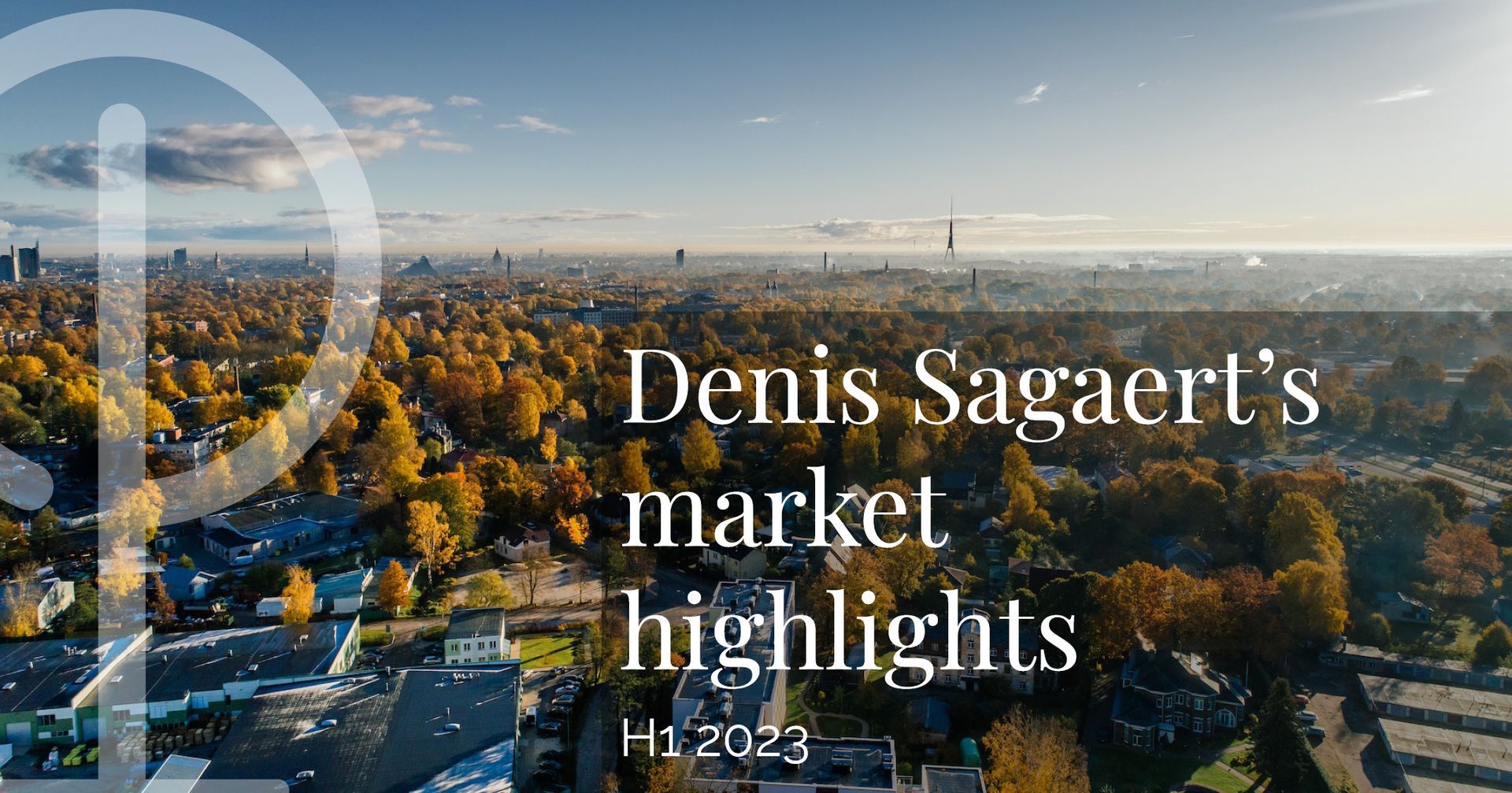Delcap, UNPRI signatory since June 2021
Delcap has become a signatory of the United Nations Principles for Responsible Investment (UNPRI). The PRI is perceived as the main worldwide organization for investors who are focused on coordinating environmental, social and governance (ESG) contemplations into their investment practices and ownership approaches. Delcap will carry out the standards in its financial assets’ management.
With the recent rise of the accessibility to impact investing, it is difficult for investors to know whether their initiatives have a real impact on the environment and society, as greenwashing remains a concern. By being an official signatory of the PRI, Delcap assures to respect the principles of the Responsible Investment and its commitment to assure environmental and social investments without overstating ESG efforts. The PRI supports its signatories in incorporating ESG factors into investment and ownership decisions.
What is the UNPRI?
The PRI is the world’s leading defender of responsible investment. Here is how it works:
- Comprehension of the investment implications of ESG factors.
- Helping its global organization of signatories in joining these elements into ownership decisions.
- Acting in the long-term interests of signatories, financial markets, and economies in which they operate, and of course in the best interest of the environment and society.
Delcap introduces the six UNPRI into its investment practices.
The six Principles for Responsible Investment offer various possible actions for incorporating ESG issues into investment practice. The principles are voluntary and aspirational, and were developed by investors, for investors.
- Principle 1: Delcap will incorporate ESG issues into investment analysis and decision-making processes.
- Principle 2: Delcap will be active owners and incorporate ESG issues into its ownership policies and practices.
- Principle 3: Delcap will seek appropriate disclosure on ESG issues by the entities in which it invests.
- Principle 4: Delcap will promote acceptance and implementation of the Principles within the investment industry.
- Principle 5: Delcap will work together to enhance its effectiveness in implementing the Principles.
- Principle 6: Delcap will each report on its activities and progress towards implementing the Principles.
By being part of the internationally recognized PRI, it allows Delcap to openly show its commitment to shape a more sustainable financial system.
Source: www.unpri.org
More news













